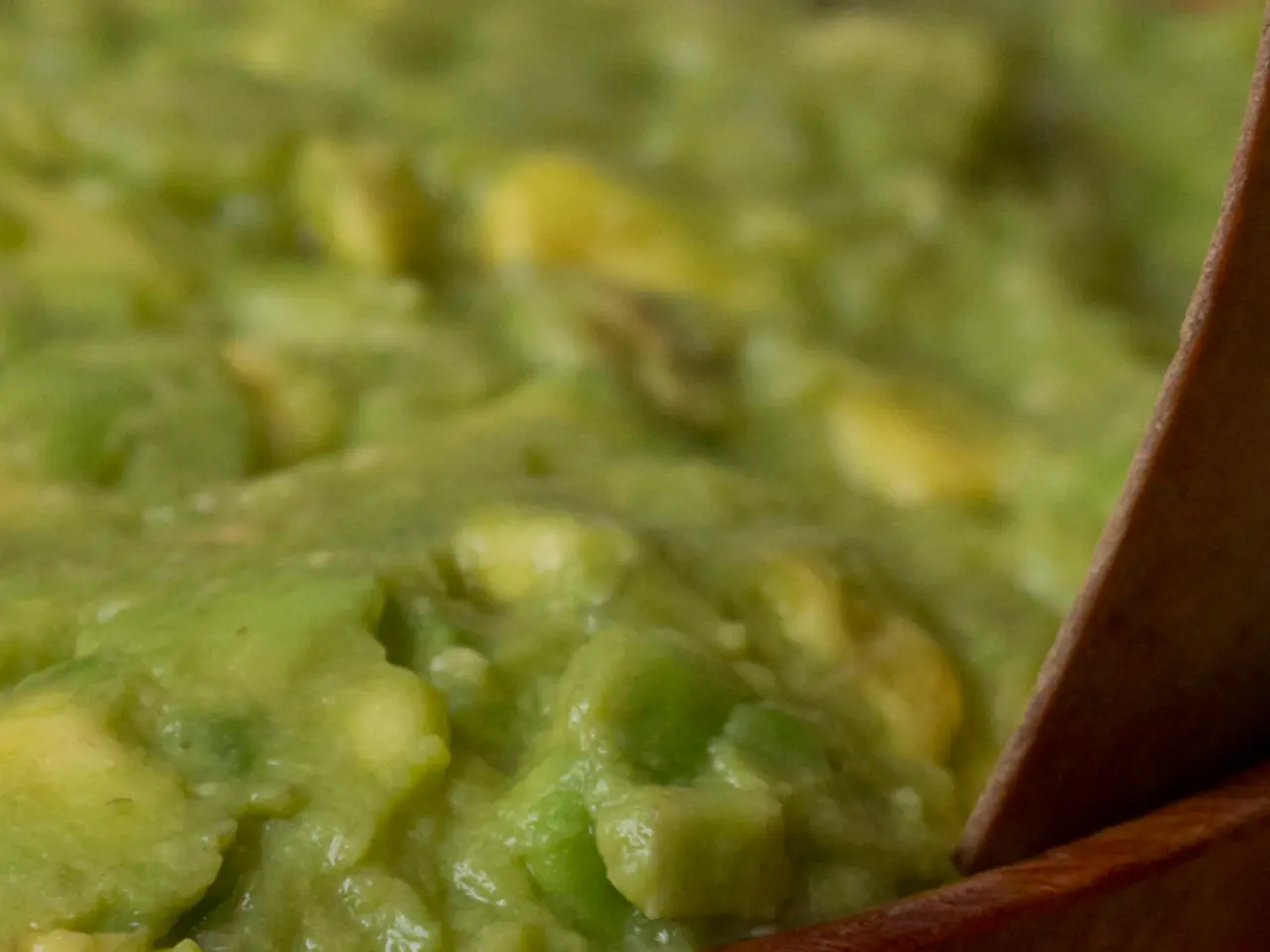Watch Out for Food and Heating Concerns
Storing Food Safely During Hot Weather
As the temperature rises, it's essential to take extra precautions to keep your food safe and fresh. Here are some guidelines to help you store eggs, fish, meat, fruit, bread, and ice cream properly, preventing foodborne illnesses.
Eggs
Keep your eggs in their carton on a stable, cold middle shelf of the refrigerator. This consistent, cool environment helps maintain their freshness and prevents bacterial growth. Avoid storing eggs on the door to prevent temperature fluctuations.
Fish
Being highly perishable, fish should be stored at temperatures just above freezing, ideally between -1°C and 1°C. If freezing, keep fish at -20°C or colder for safety.
Meat
Store raw meat on the bottom shelf of the refrigerator to prevent juices from dripping onto other food, reducing cross-contamination risk. Keep the temperature below 40°F (4°C). When transporting or storing meat outdoors in hot weather, keep it frozen or in a cooler with ice to maintain cold temperatures longer.
Fruit
To maintain fruit freshness, keep fruits refrigerated on the middle shelf or in crisper drawers. When serving outdoors, keep cut fruit on ice to avoid rapid bacterial growth from heat exposure.
Bread
Store bread in a cool, dry place away from direct sunlight. In hot weather, consider refrigerating bread in particularly warm environments to prevent mold. However, refrigeration may affect bread's texture.
Ice Cream
Ice cream must be kept frozen at temperatures well below 0°C (32°F). Avoid thawing and refreezing as this promotes bacterial growth and spoiling.
Additional Tips
- Avoid leaving perishable foods out at temperatures of 90°F (32°C) or higher for more than 1 hour; keep cold foods in coolers with ice packs.
- Cool hot leftovers quickly by dividing them into smaller, shallow containers before refrigerating to bring them below 40°F (4°C) rapidly, minimizing time in the "danger zone" of 40°F–140°F where bacteria grow rapidly.
- Prevent cross-contamination by storing raw meat separately from ready-to-eat foods and by using clean utensils and surfaces.
- Serve food in shaded or cooler areas, rotating small batches frequently to avoid prolonged exposure to heat.
By following these practices, you can maintain safe temperatures, minimize bacterial growth, and ensure foods remain safe to eat during hot weather conditions.
Note: High-quality chocolate does not lose its shape in the refrigerator but loses its complex flavors. No salmonella was found in ice cream or soft ice cream. However, salmonella can form if the cold chain is not maintained and ice cream melts.
In the realm of health-and-wellness, it's important to consider not just what we eat, but how we store it. For instance, ice cream needs to be kept frozen at temperatures below 0°C (32°F) to preserve its quality and safety. Meanwhile, storing bread in a cool, dry place away from sunlight is recommended, even considering refrigeration in particularly warm environments to prevent mold. For those interested in lifestyle and food-and-drink trends, the art of cooking also involves proper food storage. To maintain fruit freshness, they should be refrigerated on the middle shelf or in crisper drawers. And remember, just as we practice safe food storage with raw meat and fish, ensuring they stay at the recommended temperatures, it's essential to practice the same precautions for other perishable items such as eggs and dairy products, to prevent foodborne illnesses.




